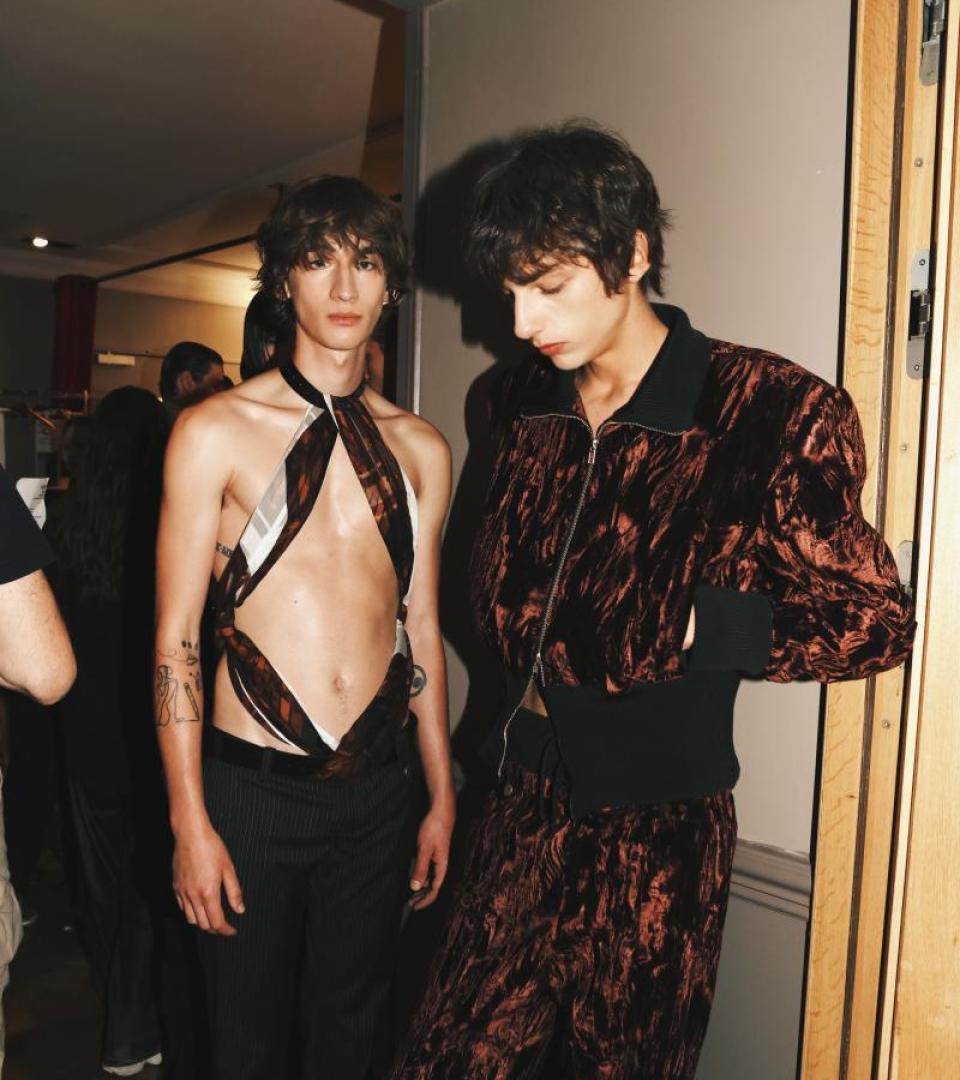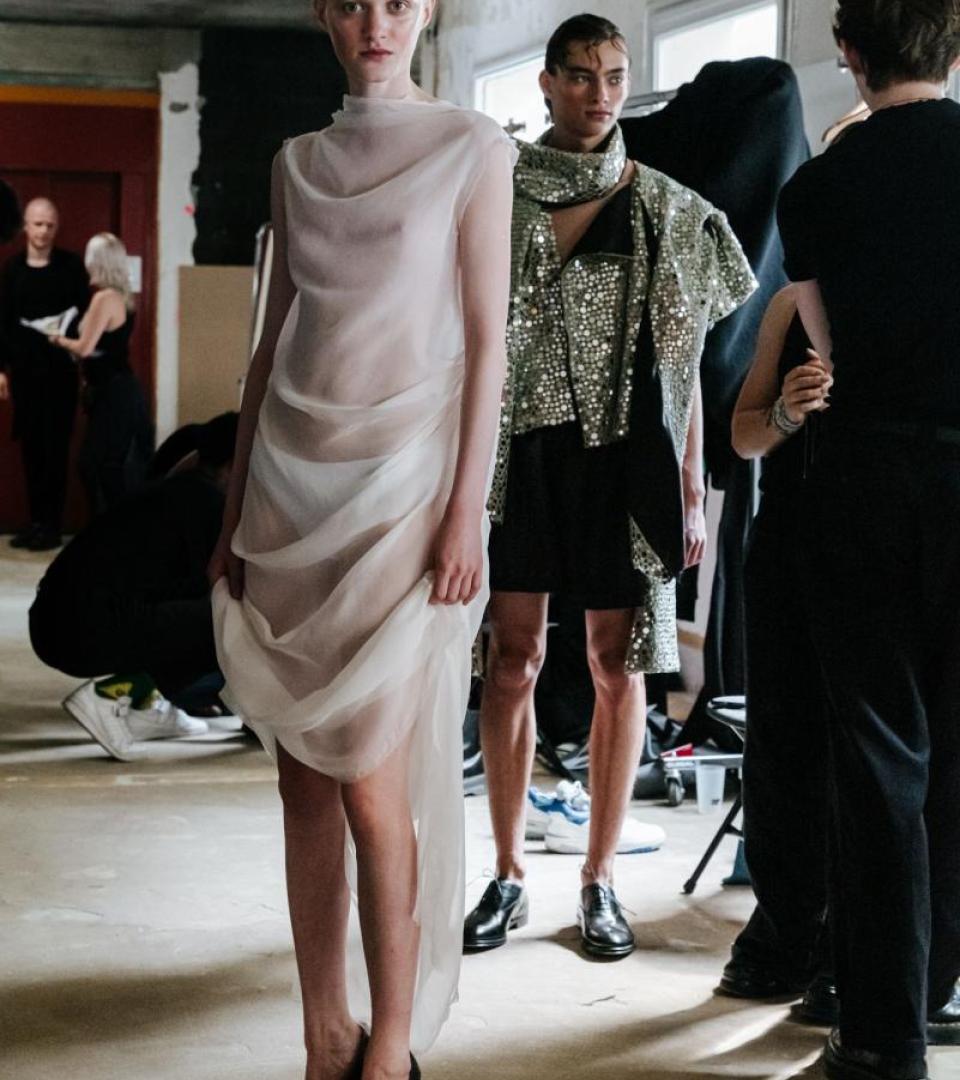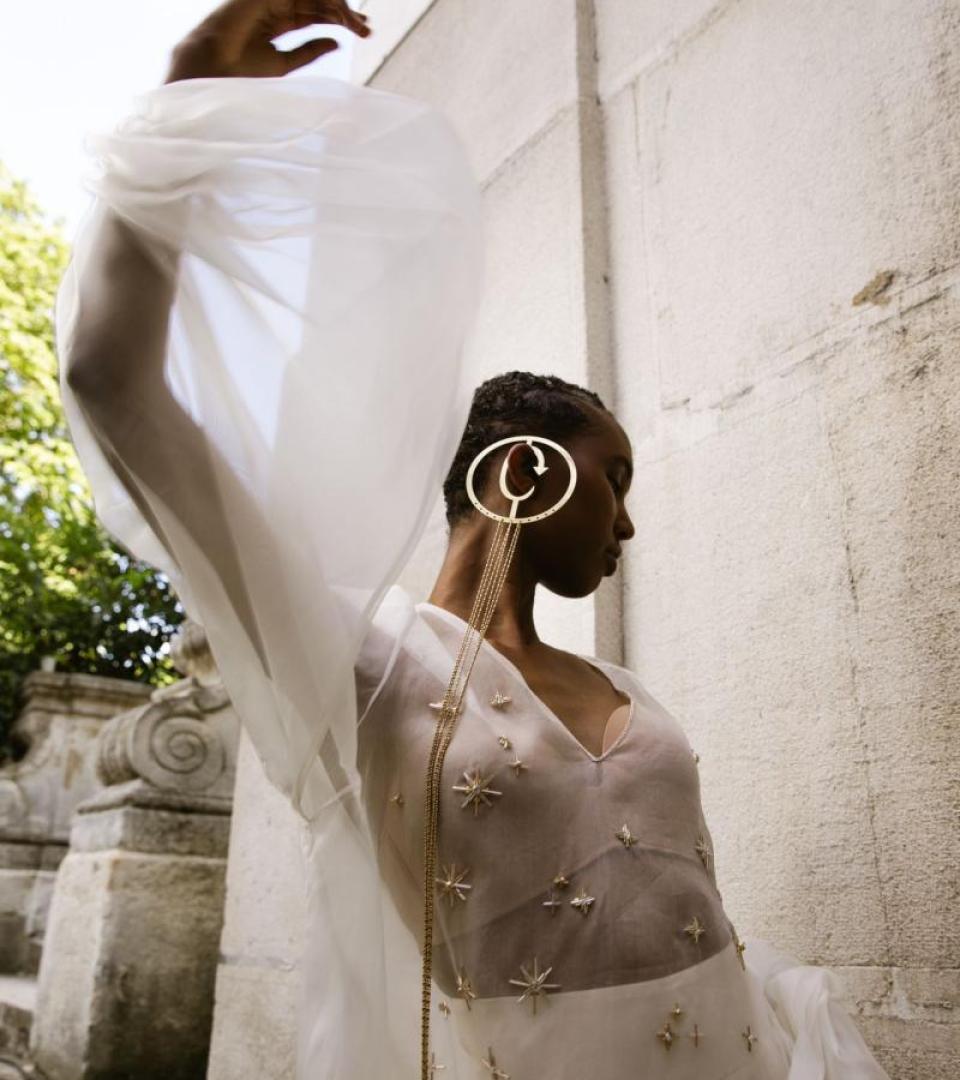5 QUESTIONS FOR AMÉLIE GASTAUT
Curator of the exhibition, ‘The Birth of Department Stores,’ at the Musée des Arts Décoratifs that runs through October 13, 2024.
“Department stores invented modern commerce and established the consumer culture that would lead France into a new economic and social order.”
What were you aiming to tell through this exhibition?
The aim of this exhibition was not to look back at the individual stories of department stores, but rather to understand how the historical, political, economic and social context of the Second Empire, and the structural reforms introduced by Napoleon III, were conducive, if not necessary, to the emergence of this new type of commerce. From there, we can understand how department stores invented modern commerce and established the consumer culture that would usher France into a new economic and social order. The first part of the exhibition is therefore a historical recontextualisation, looking back at the major structural reforms intended by Napoleon III – including Haussmann's modern urban planning, the development of the railways, the growth of industry, the establishment of a modern banking system – all of which had a direct impact on the birth and development of department stores. We also look back at the emergence of this new social elite, the bourgeoisie, the driving force behind economic growth, which shared with the emperor the benefits of emerging liberalism. This was a social class to which the department stores' owners belonged, but which was also their primary target. The second part of the exhibition looks at the commercial revolutions such as the democratisation of fashion, the invention of sales, children as a new target, mail-order sales. Introduced by these visionary entrepreneurs, they laid the foundations of modern commerce using innovative sales and advertising techniques.
What did you discover while working on this exhibition?
That department stores were no longer seen simply as places to do business, but as places where people could spend the day, strolling through the aisles, meeting in the tea rooms, reading the newspaper, attending children's concerts, fashion shows, and more. The customer was no longer seen simply as a shopper, but as a visitor, and entry was free, with no obligation to buy, which was something new. One of the great ideas of department stores is that the act of buying should be driven not by necessity but by desire. This desire for possession worked so well that a quasi-social phenomenon emerged: kleptomania. From the 1870s onwards, statistics from the Prefecture of Police recorded an increase in shoplifting, most of which took place in department stores. In 1885, it was the 5th most common cause of arrest in Paris. As proven by the police reports kept in a file on “department store thieves’ at the archives of the Préfecture de Police, shoplifters were not needy but bourgeois. This desire for possession was provoked, among other things, by the spectacle of the merchandise and by the new possibility of being able to physically feel the articles.
A number of psychiatrists took an interest in this social phenomenon, and one of them, Dr Alexandre Lacassagne, argued that “these are social stimulants that could be called crime appetisers.”
The second thing I learnt was that, by revolutionising the retail trade, department stores were already foreshadowing modern marketing techniques: fast fashion; rapid stock clearance with the invention of sales and the introduction of an annual sales calendar; children as a new target; and finally, mail order.
How did they prefigure and mark the Parisienne figure?
With their mass-produced ready-to-wear dresses in a variety of sizes, department stores laid the foundations for what was to become ready-to-wear, helping to gradually democratise fashion. From then on, department stores played a key role in spreading and influencing fashion. As a result, they contributed to the construction of the figure of the Parisienne: the embodiment of the elegant, independent woman and the ambassador of fashion. Illustrated posters, which reached their golden age in the 1870s, also contributed to the construction of the image of the Parisian woman, who became the object of fantasy.
In addition to fashion, design, posters, and toys, there is a section devoted to art studios. Can you tell us about this activity?
The art studios in department stores were creative and innovative in promoting modern decorative arts. Following in the footsteps of the “ensembliers,” the decorative artists who designed furniture ensembles, four Parisian department stores set up art studios. Printemps was a pioneer in 1912, when its director, Pierre Laguionie, and the founder of the Salon des artistes décorateurs, René Guilleré, opened the Primavera design studio.
This initiative was widely emulated. In 1921, Galeries Lafayette entrusted Maurice Dufrène with the La Maîtrise studio. The following year, Le Bon Marché launched the Pomone workshop, run by Paul Follot. Finally, in 1923, Les Grands Magasins du Louvre created the Studium, headed by Étienne Kohlmann. Department stores' art studios were to prove creative and innovative in promoting so-called modern decorative arts. The creation of the ateliers d'art des grands magasins was motivated by a generation of designers keen to renew the place of the decorative arts and celebrate the taste for beauty in everyday life through the mass production of furniture and objets d'art.



